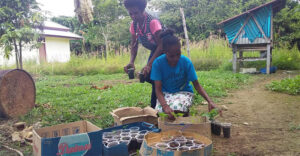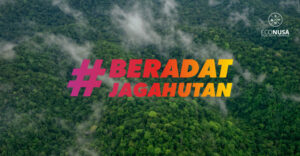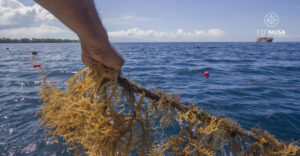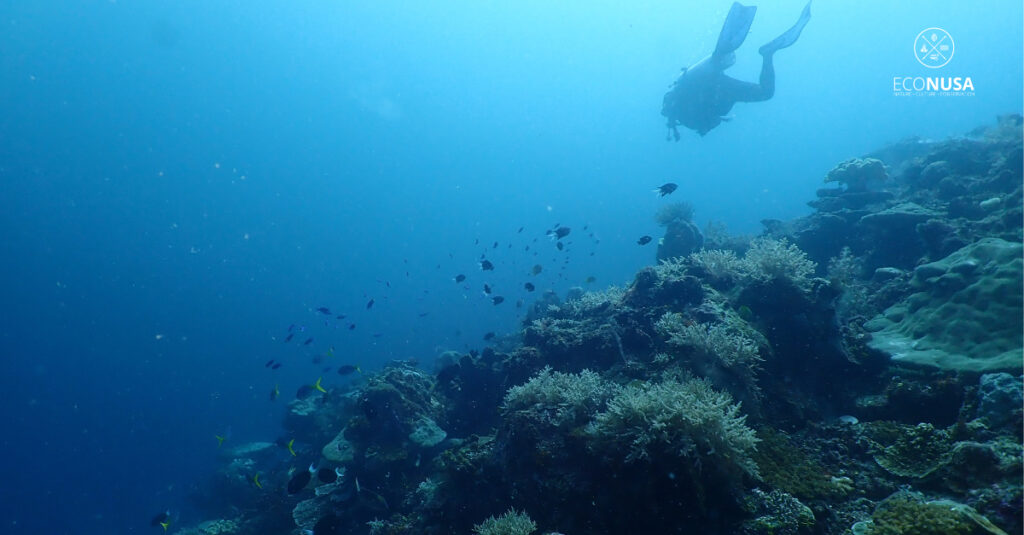
Papua is renowned for its extraordinary natural beauty. Beneath this beauty lies a rich underwater world and vast forests preserved through the local wisdom of Indigenous communities. These natural legacies not only enrich the ecosystem but also hold great potential for sustainable tourism. Papua’s coral reefs and forests, home to an abundance of biodiversity, serve not only as tourist attractions but also as vital sources of livelihood for the communities who inhabit the region.
For generations, Indigenous communities in Papua have protected nature as an inseparable part of their lives. They understand that healthy coral reefs support marine life and provide food, while intact forests are habitats for endemic species like the bird-of-paradise. This deep-rooted understanding motivates them to safeguard these ecosystems from harm.
The Crucial Role of Local Communities in Ecotourism
The support and awareness of local communities living alongside this rich biodiversity are essential in protecting coral reefs and the bird-of-paradise. Communities must recognize their vital role, as environmental damage can be minimized through responsible practices. Moreover, biodiversity conservation efforts can directly benefit communities economically through ecotourism activities. Read Also: When the Sea of Malaumkarta Reopens
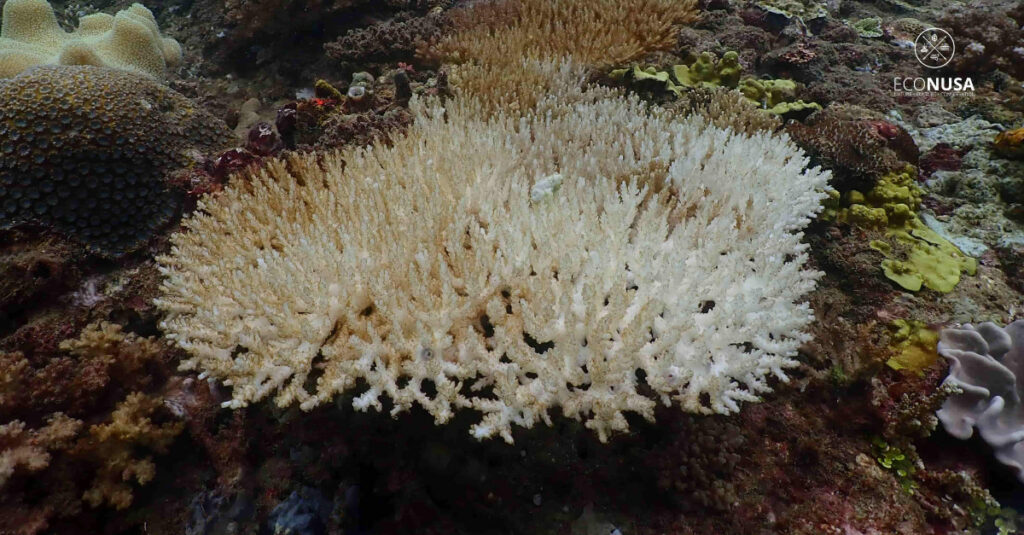
Last June, EcoNusa launched a program titled “Capacity Building for Coral Reef and Birdwatching Tourism Managers in Mibi and Malaumkarta Villages.” The program aimed to help local communities realize their position as the front line in conserving biodiversity, enabling them to sustainably manage and protect their natural assets while also improving their economic well-being.
The Beauty of Coral Reefs and Birds-of-Paradise in Malaumkarta and Mibi
As part of the program, a survey was conducted to identify underwater and birdwatching tourism potential in Malaumkarta and Mibi Villages, Sorong. The survey involved staff from the West Papua Natural Resources Conservation Agency (BBKSDA Papua Barat Daya), and tourism groups Masowa and Fusmibi from the respective villages.
In the waters of Mibi Village, the team conducted a dive at the Safur Kaumor site. They discovered various young coral species growing on hard substrates, indicating ongoing natural regeneration. Several fish and lobsters were also observed in the area. The best time to dive in Kaumor is between August and October when the sea is calmer.
Read Also: Um Island, Symbol of Nature Sustainability
The journey continued to the waters of Malaumkarta Village, where the team visited three coral reef sites: Safur Kofpala, Fus Kastonala, and Fus Sartie. At Kofpala, both large and small coral colonies were found in excellent condition. Although visibility was somewhat reduced due to waves, soft and hard corals, various fish species, and two green turtles were observed at the site. At Fus Sartie and Fus Kastonala, the coral reefs showed lush growth, with high densities of juvenile corals—evidence of active recruitment processes. These four reef sites were newly surveyed, with local community participation in the protection efforts.
Beyond its underwater potential, Mibi Village also offers attractive birdwatching opportunities. Locals identified four locations where birds-of-paradise are commonly seen. During a visit with the Mibi Tourism Group, the team observed two small yellow birds-of-paradise playing in tree branches. These findings reaffirm the significant ecotourism potential of both villages, where local communities are poised to become key actors in sustainable development.


